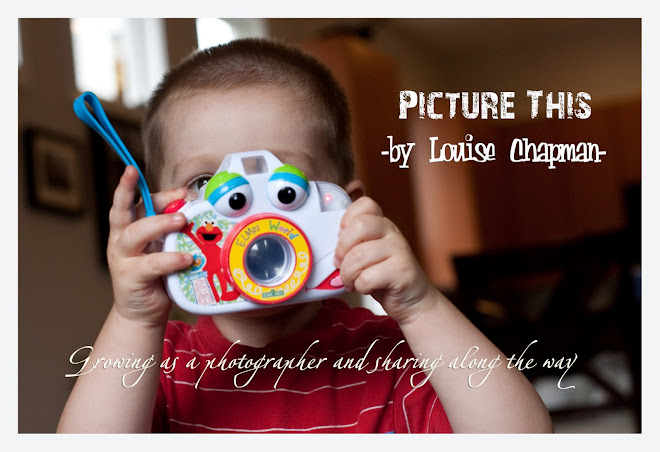So many people have told me that they have a nice camera but they don't really know how to use it. They just use the automatic settings and let it do all the work. Wouldn't it be fun if you knew how to use all of the buttons and dials?! Wouldn't it be fun if they flash didn't automatically pop up?
Gary would have different advice so I will do my advice today and then do a part II with his advice:)
There are 3 things that I think are very important to know.
1. ISO. This is equivalent to the old film that you used to put in your camera. Remember? You used 100 when you were shooting outside or where there was a lot of light. You used 800 when shooting in the dark. Same as ISO, you need to increase your ISO in darker situations. Yes, your picture will have more noise (look grainier) but you will actually see your subject.
2. Aperture. This is the amount of light that is let in. When people talk about f stops, that is what they are talking about. The smaller the number, the larger the aperture (more light let in). Our 50mm lens goes all the way to f/1.4 which is awesome. I usually shoot with a really high aperture and this also gives the look of the subject in focus and the background being blurry. If you want everything in focus, you will want a lower aperture (higher f stop).
3. Shutter speed. This is related to ISO and aperture. You generally want a fast shutter speed or your subject will be blurry. So, to increase you shutter speed, you need to probably crank your ISO up a bit and increase your aperture. You generally want a shutter speed of around 1/125th or faster.
So, take your camera out of auto mode and turn the dial to `AV' or aperture priority. Take pictures at various ISO's and apertures. Note the shutter speeds that you get. If the shutter speed is too slow (ex 1/40th), then increase your ISO or increase your aperture (make it a smaller number). Let me know how it goes!




